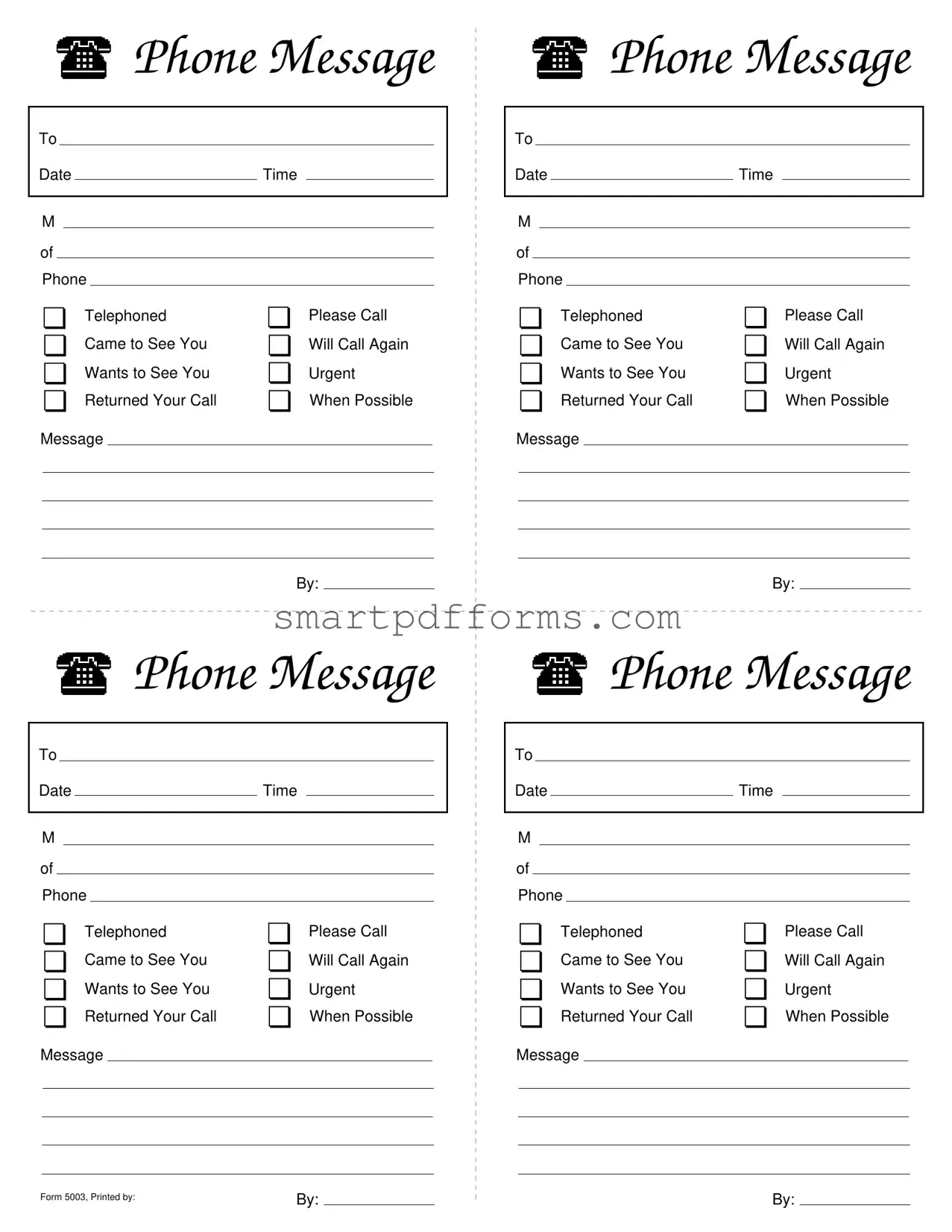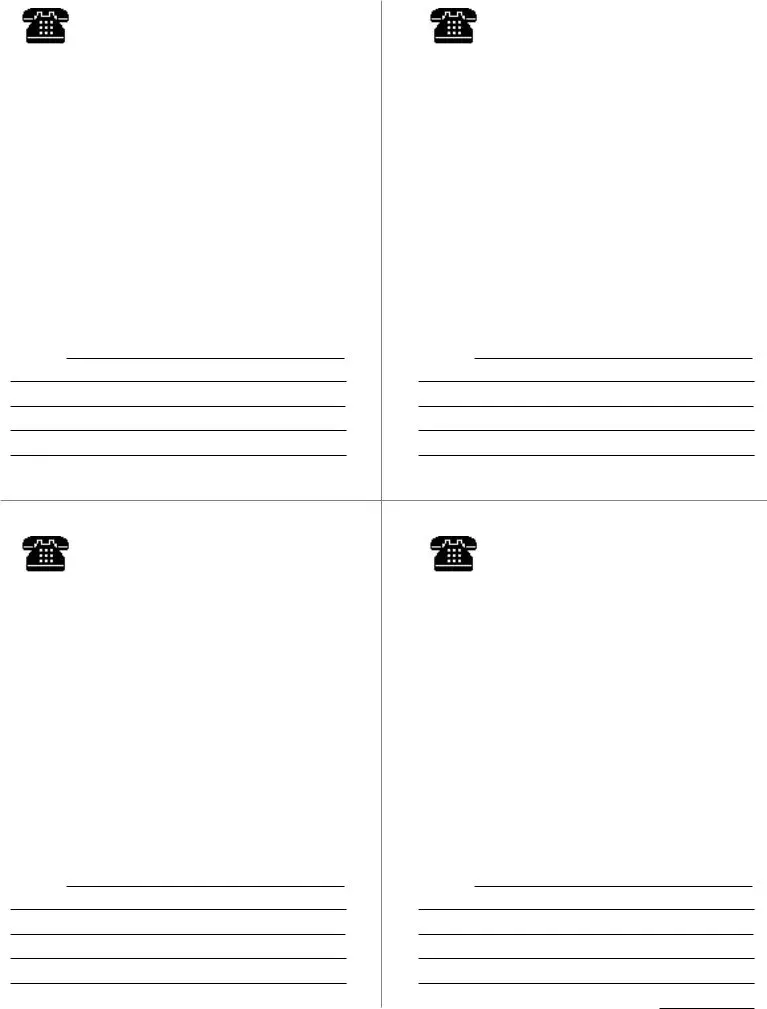In today's fast-paced world, effective communication is the cornerstone of any successful operation, especially within corporate environments where information transfer and clarity are paramount. The Phone Message Slips form serves as a quintessential tool, designed to streamline the process of message delivery in professional settings. These slips meticulously record essential details such as the identity of the caller, the date and time of the call, as well as the nature of the message – whether the caller telephoned with the intent to return, requests a callback, expressed a desire to visit, or marked the communication as urgent. Furthermore, the form delineates options for categorizing the calls regarding their urgency and the action required by the recipient. This methodical approach not only ensures that no crucial information is lost or overlooked but also significantly enhances efficiency in communications management. Additionally, the provision to identify the message taker adds an element of accountability, thereby fostering a more organized and responsible workplace. Whether it is a telephoned inquiry, a request for a return call, an indication of a forthcoming visit, or an urgent message, the Phone Message Slips form encapsulates all the necessary details in a structured format, making it an invaluable asset for businesses striving for precision in their communication processes.

